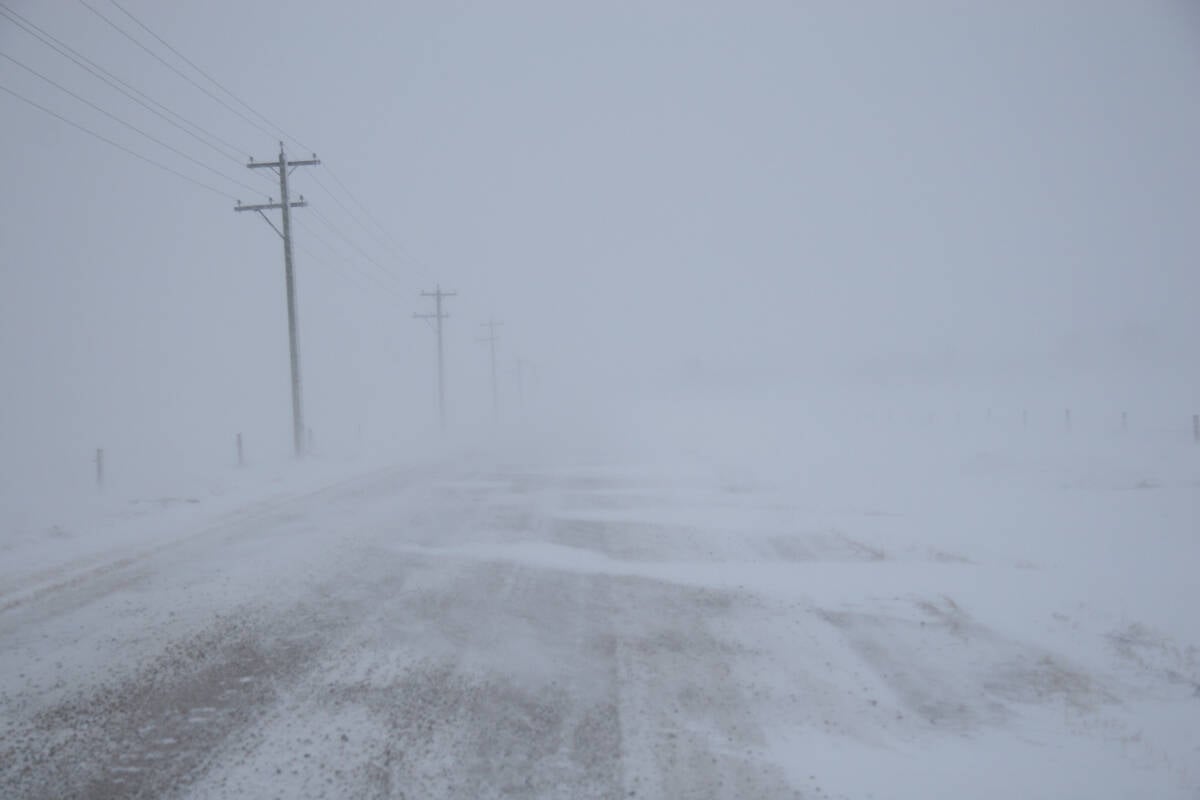The chance of Neepawa, Man., landing a cattle slaughter plant improved last week with the announcement of funding to expand the town’s industrial waste water treatment facility.
The federal and provincial governments will contribute $5.4 million toward the work, with another $3 million coming from the Town of Neepawa, located in western Manitoba.
Natural Prairie Beef Inc. wants to build a plant capable of slaughtering 65,000 head of cattle per year on a single shift.
However, the company’s president, Kelly Penner, warned earlier this year that the venture might have to be located elsewhere unless government helped upgrade an overburdened waste water treatment facility at Neepawa.
Read Also

Volatile temperatures expected for this winter
DTN is forecasting a lot of temperature variability in the Canadian Prairies this winter. Precipitation should be close to average.
On Sept. 1, Penner applauded the governments for their commitment to expand the waste water facility. He said it increases the chances that Natural Prairie Beef will build its slaughter plant at Neepawa.
“This is the key to getting us into the town of Neepawa,” he said. “Everything was up in the air till this.”
The expansion of the facility will be strictly for handling effluent from the existing Springhill Farms hog processing plant, said Neepawa mayor Bob Durston.
However, when that work is completed, it will be easier to do further expansion if needed to accommodate other processing ventures.
“This allows them (Springhill) to continue to operate well into the future because we’re now going to have a state of the art facility for industrial waste that is going to meet the new stringent guidelines announced by the province under the water stewardship program,” Durston said.
“We’re going to be sort of the lead community in having a plant designed and operated that meets the effluent treatment standards that have just recently been passed.”
It will take time to complete the first phase of expansion at the waste water treatment facility.
However, Penner said Natural Prairie Beef can use some additional time to plan the cattle slaughter plant.
Natural Prairie Beef was created through private investment, mainly from cattle producers.
It is a sister company to Natural Valley Farms, which has been processing beef at its Wolseley, Sask., plant for more than a year and was to start slaughtering cattle at its Neudorf, Sask., plant Sept. 5.
Cattle slaughtered at Neudorf will be sent to Wolseley for further processing.
Natural Prairie Beef will now be able to send cattle from Manitoba to Neudorf for slaughter. The decision about when to begin a slaughter plant in Manitoba will be based on slaughter numbers at Neudorf reaching a certain benchmark, Penner said.
“We’re not going to push it. We’re not rushing it,” he said, regarding the intent to build at Neepawa.
“It’s all going to be done properly, I’d like to say. We’ve got time on our side to do that.”
The beef marketed by Natural Valley Farms is derived from cattle that are raised without the use of hormones or antibiotics after weaning. That enables the company to tap niche markets and to strive for a premium for the beef.














